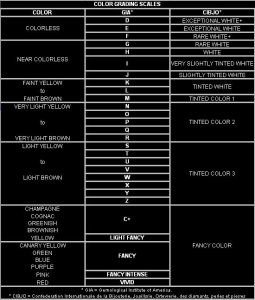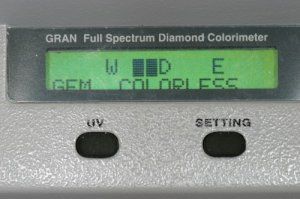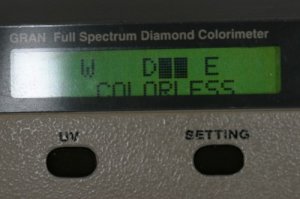- Joined
- Aug 29, 2003
- Messages
- 15,808
I am actually surprised why automated color grading is not more popular already. What could compete with GIA's ?

- some way to tell higher D color ?
- some label for an extended range of "colorless" ?
At this point, I would vote for the second.
Let's assume a new color scale comes with equal steps between color grades, equal in width with what is now done for GIA's colorless range. Let's also assume there is a reasonable way to prove this new way is more consistent, without making the grades finer (serious problem, I would say).
Out of curiosity: what decision is facing now someone who would want to get a (GIA) H color diamond ?
The fifth grade from top down on the new system is closer to cololess than the old fifth grade (the desired H). It could actually look as a bargain even with some premium on the new grading services. Or the same person may well think that the new grades give more choice since the same range of phisical color would be split into more boxes now...
Lots of ways to talk up an even-paced scale even without stretching the eye further into the invisible.
Still, IMO, as usual


- some way to tell higher D color ?
- some label for an extended range of "colorless" ?
At this point, I would vote for the second.
Let's assume a new color scale comes with equal steps between color grades, equal in width with what is now done for GIA's colorless range. Let's also assume there is a reasonable way to prove this new way is more consistent, without making the grades finer (serious problem, I would say).
Out of curiosity: what decision is facing now someone who would want to get a (GIA) H color diamond ?
The fifth grade from top down on the new system is closer to cololess than the old fifth grade (the desired H). It could actually look as a bargain even with some premium on the new grading services. Or the same person may well think that the new grades give more choice since the same range of phisical color would be split into more boxes now...
Lots of ways to talk up an even-paced scale even without stretching the eye further into the invisible.
Still, IMO, as usual






















300x240.png)